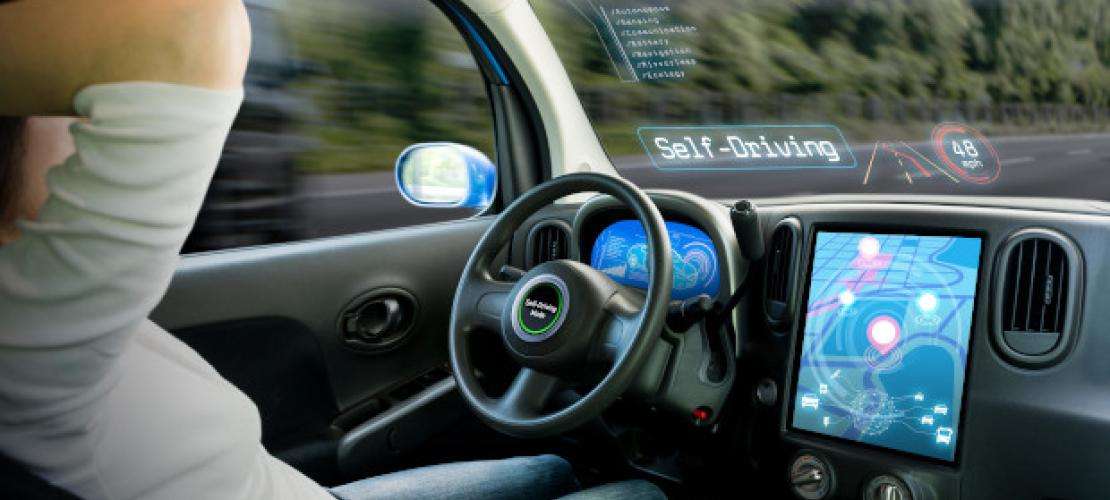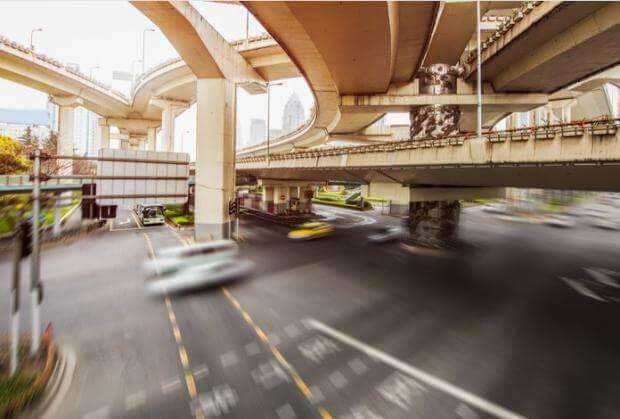
In the age where even commodity items are getting smarter, the car is certainly no exception. With over 90% of major road accidents being caused by human error, it’s no wonder that car manufacturers are gradually taking the human factor out of the equation. In several years we may be able to sit back and relax, while serene electrical cars take us to our destination. On top of safety and convenience, ADAS (Advanced Driver-Assistance System) can also help smooth out traffic congestion, optimize energy efficiency and promote car sharing.
But how do autonomous cars actually work? Let’s take a closer look under the hood. Numerous sensors aboard the car such as radars, LiDAR and cameras take the role of human eyes as vehicle ‘perception’. Together with artificial intelligence, perception provides the vehicle with awareness of its surroundings and obstacles, both static and dynamic, expected and unexpected.
The other crucial part of ADAS is the information about the global location, speed and orientation of the vehicle. This is where GPS and IMU (Inertial Measurement Unit) come in. GPS has been in cars for years as part of the infotainment system, to provide navigation directions to the driver. This type of simple-navigation GPS has limited accuracy and reliability, as you might have noticed when driving in urban downtown areas. But did you know that there are other types of GPS receivers out there which on top of the American GPS can connect to the full Global Navigation Satellite System (GNSS) including satellites from Russia, Europe, China and Japan?
Such advanced GNSS receivers are accurate and safe enough for automated driving and together with an IMU can complement vehicle perception. GNSS also provides a common reference frame that allows cars to communicate with each other and the outside world, using a uniform and reliable language to broadcast their location.
Perception sensors and GNSS have their strengths and weaknesses in different areas and can complement each other to deliver optimal safety for automated piloting. The table below was inspired by a presentation given by Curtis Hay, Technical Fellow General Motors during the Munich Satellite Navigation Convention 2019.
| Technology | Strength | Weakness | |
|---|---|---|---|
| Perception | Radar | Good ranging accuracy | Cannot detect road markings |
| Lidar | Highly accurate ranging |
Higher cost Less effective in featureless areas (country roads) |
|
| Camera |
Good object detection Good in tunnels/urban canyons |
Less effective on featureless roads Less effective in low visibility (snow, rain, darkness, fog) Roads without lane markings, construction areas |
|
| Absolute Localization | HD map + Perception | Good accuracy |
High acquisition and maintenance costs Requires continuous updates Difficulty in changing surroundings (highways) May not be available everywhere |
| GNSS+IMU |
Good accuracy Common global reference between vehicles Good in low visibility, featureless roads and changing surroundings (highways) |
Less reliable in high urban canyons Not usable in long tunnels (a few km) due to high drift rate of IMU |

GPS in the average infotainment system today has approximately 5 m (16 feet) accuracy which is enough for simple navigation. High-precision GNSS receivers, on the other hand, can place you on the map with centimeter accuracy.
This exceptional precision can be achieved by combining GNSS signals with corrections from local reference stations. Such reference station networks, such as SSR networks, are being setup today in the US and in many other parts of the world. To create such a reference network, a stationary GNSS receiver is needed about every 300 km (186 miles) along the road. It can be attached to existing infrastructure such as telecommunication towers or to roadside units. “When the customer starts the engine in the vehicle, we need to deliver continuous GPS corrections to the car, and that’s to ensure we know which lane the vehicle is operating in”, said Curtis Hay, Technical Fellow at GM in an interview at the International Motor Show, 2018.
High degree of reliability is possible in specialized GNSS receivers due to their multi-frequency, multi-constellation GNSS technology. This means that the receiver is using all the signals being sent out by all GNSS satellites available world-wide: GPS, GLONASS, Galileo, BeiDou and QZSS. GPS receivers need a line-of-sight to at least 4 satellites to know where they are, and they need even more satellites for centimeter-level positioning. When the view of the sky is partially blocked, in urban areas or under trees, having access to more GNSS signals can make a big difference for availability and accuracy. When the sky is temporarily blocked, other sensors such as IMU or wheel odometry continue localization by providing relative position to the last known GNSS location.

But how can a driverless vehicle be sure that it can rely on GNSS positioning? The answer lies in monitoring the receiver’s integrity indicators. By outputting the maximum uncertainty of the current position, the receiver indicates to the ECU (Electronic Control Unit) whether it is safe or not to execute the planned maneuvers.
GNSS brings global positioning along with its integrity information to vehicle localization solutions. Other safety-of-life applications such as aviation have already been using GNSS for decades. In the ADAS system, precise GNSS positioning can serve as localization back-up in instances where sensor-based perception has difficulty. It is no wonder that today automotive leaders such as GM and Bosch are investing in high-performance GNSS as part of their advanced auto piloting solution.
Septentrio offers a wide range of solutions geared to the automotive market. Their advanced GNSS chipset, high-quality measurement engine software and positioning engine software are available for seamless integration into the ECU. Together with an IMU and wheel odometry they provide localization and integrity information needed for safe assisted driving. AsteRx multi-frequency, multi-constellation receivers have been serving for years as reference stations in various RTK, PPP and SSR networks around the world. Septentrio’s technology and experience in the automotive market makes it your perfect partner for safe ADAS localization solutions.
Download this insight in print ready pdf here.
摘錄自:https://www.septentrio.com/en/learn-more/insights/role-gnss-localization-safe-assisted-driving
電話: 025-85577685
地址:南京市江寧開發(fā)區(qū)誠信大道990號優(yōu)尚天地3棟417室
企業(yè)微信
